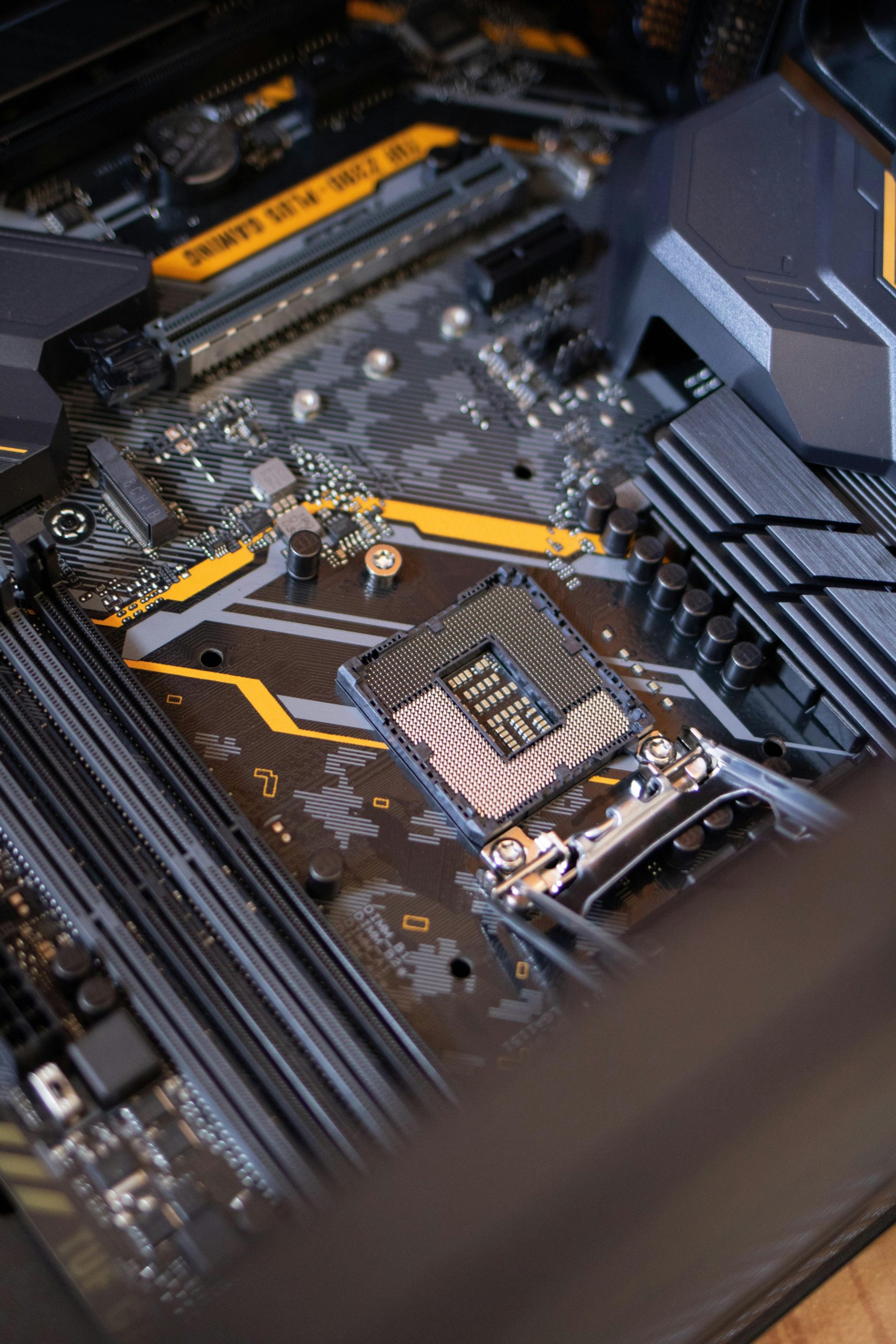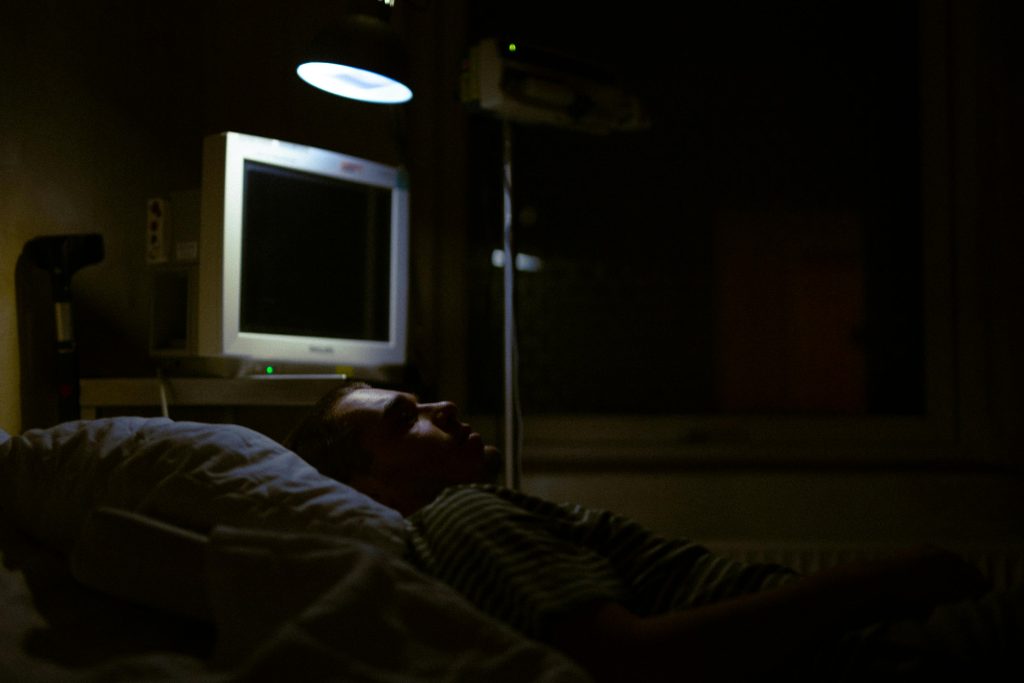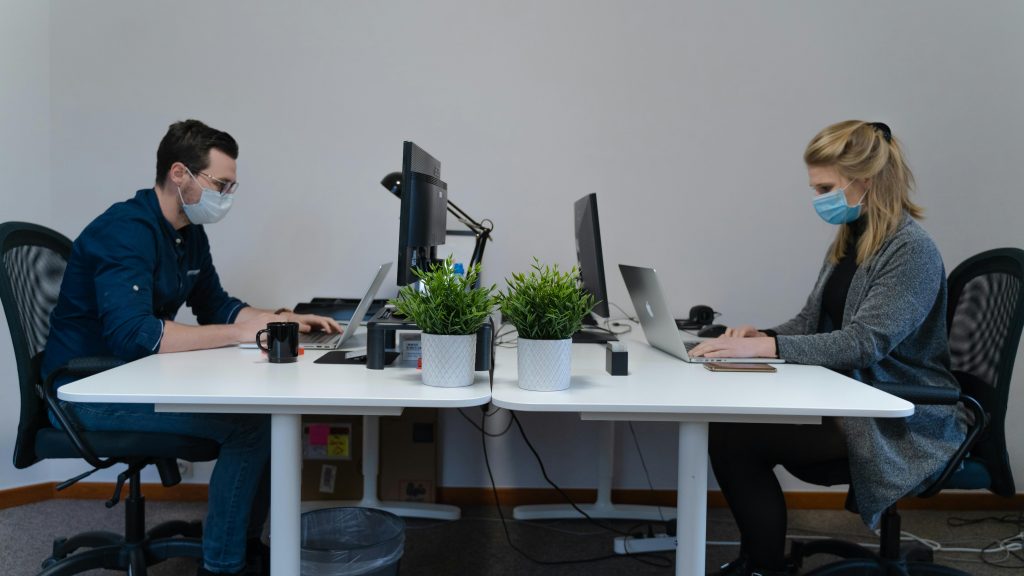Title: Troubleshooting a Non-Responsive PC After Power Interruption During Windows Installation
Introduction:
Experiencing technical issues with your computer can be stressful, especially when unexpected events occur during critical processes like software installation. If your PC stopped turning on after accidentally disconnecting the power cord during a Windows reset, it’s understandable to feel concerned. This guide aims to help you diagnose and resolve such issues safely and effectively.
Understanding the Situation:
In this scenario, the user was in the process of resetting their PC due to a forgotten password. During the installation of Windows, they unintentionally moved the power plug of their CPU. After reconnecting the power, the PC failed to turn on, and the case was grounded, causing an electric shock when touched. These symptoms suggest potential hardware or electrical issues resulting from the power disruption.
Key Safety Precautions:
– Avoid touching internal components or the case if it’s grounded or carrying an electrical charge.
– Never attempt to open or repair your PC unless you are qualified or comfortable handling electrical components.
– If you experience an electric shock, disconnect from the power source immediately and seek professional assistance.
Step-by-Step Troubleshooting:
- Ensure Safety First:
- Unplug the PC from the power outlet.
- Wait for a few minutes to discharge any residual electricity.
-
Use a non-conductive tool or wear insulated gloves if inspecting the hardware.
-
Check the Power Source and Cables:
- Confirm that the power outlet is functioning correctly by testing it with another device.
- Inspect the power cable and plug for any visible damage.
-
Use a different power cable or outlet to rule out issues with the power source.
-
Inspect Hardware Components:
- If you’re comfortable opening your PC case, do so carefully.
- Check that all internal cables are securely connected, especially the power supply connections to the motherboard and storage devices.
-
Look for signs of damage, such as burnt components or swollen capacitors.
-
Test the Power Supply:
-
Use a power supply tester or try replacing the power supply with a known working unit to determine if it’s the source of the issue.
-
Examine the Motherboard and Grounding:
- Confirm that the motherboard is properly installed and grounded.
-
A grounding issue could cause electrical shocks and prevent the system from powering on.
-
Remove External Devices:
-
Disconnect all peripherals and external devices to prevent any short circuits.
-
Attempt to Power On:
Share this content:



